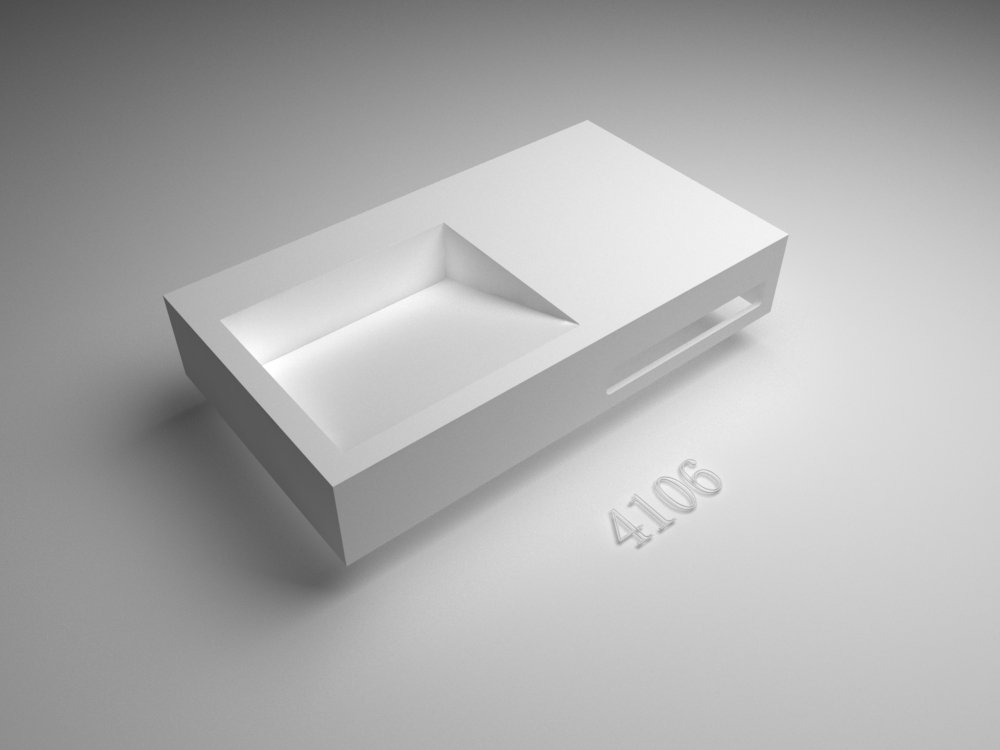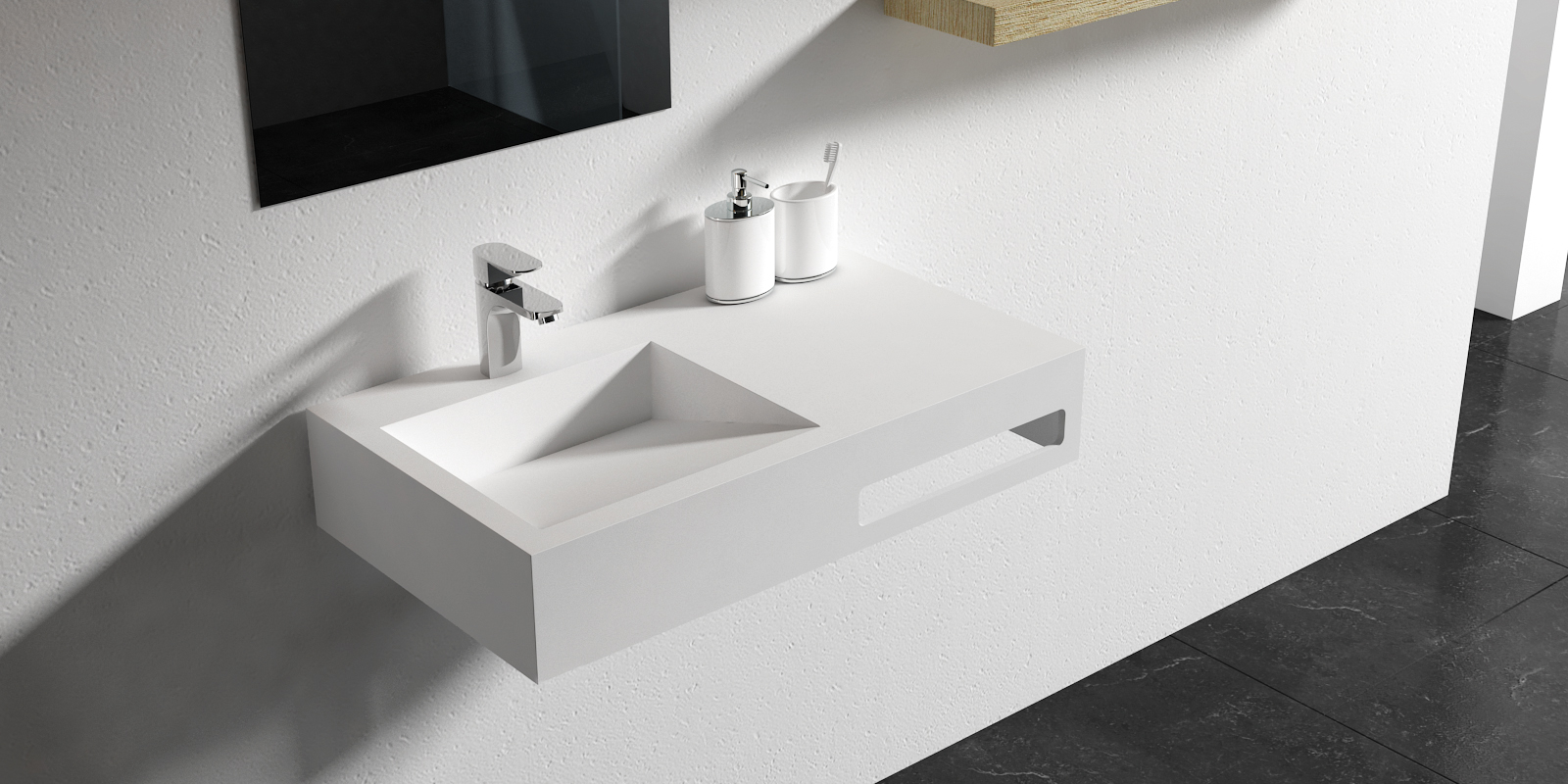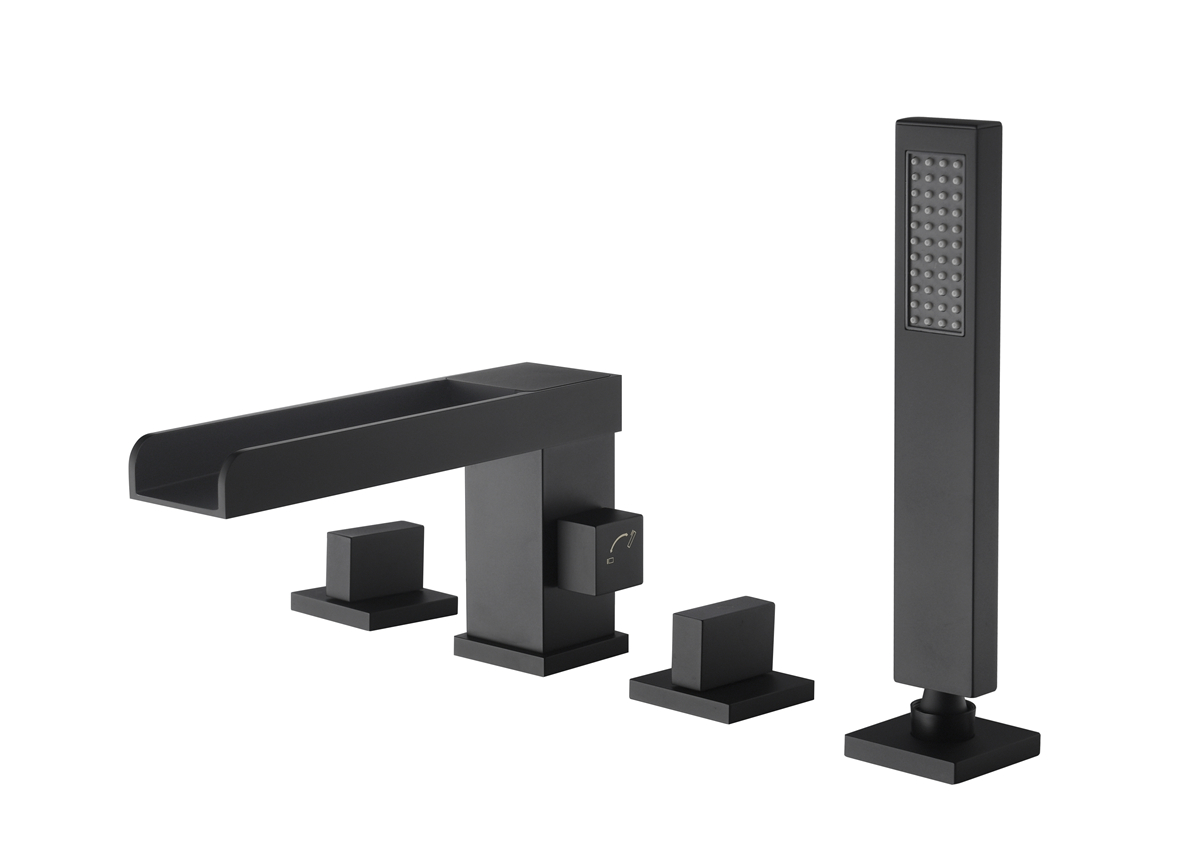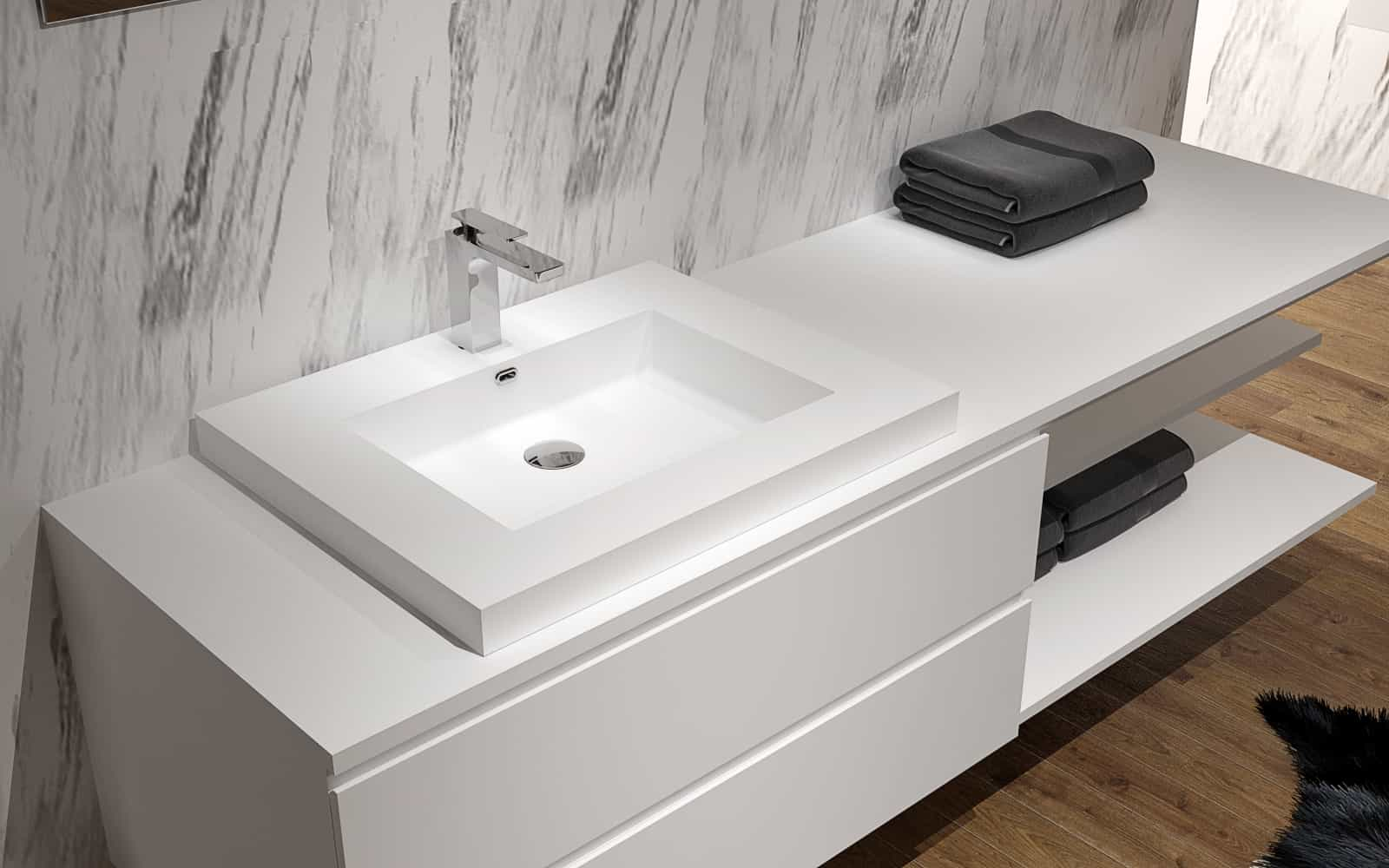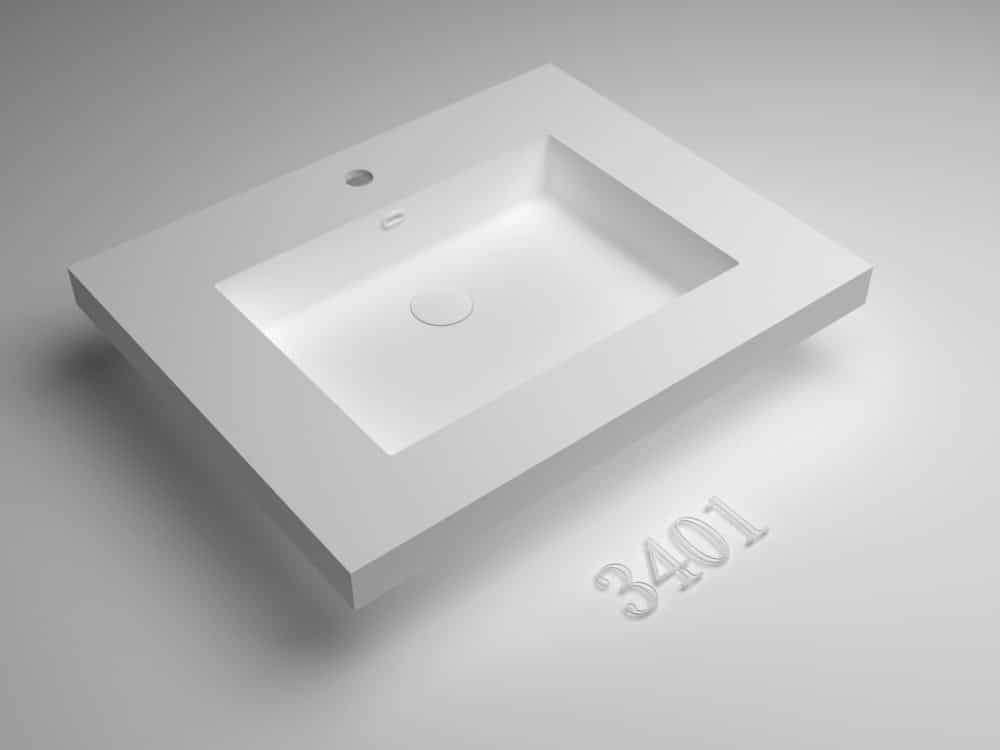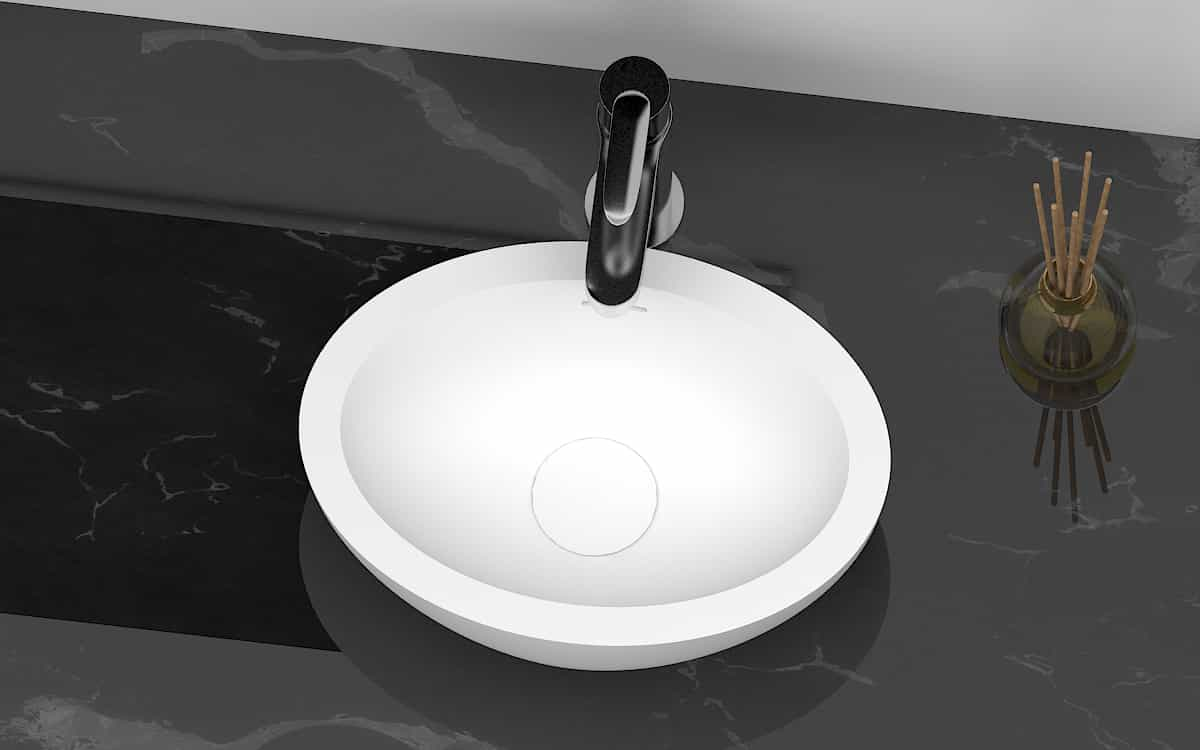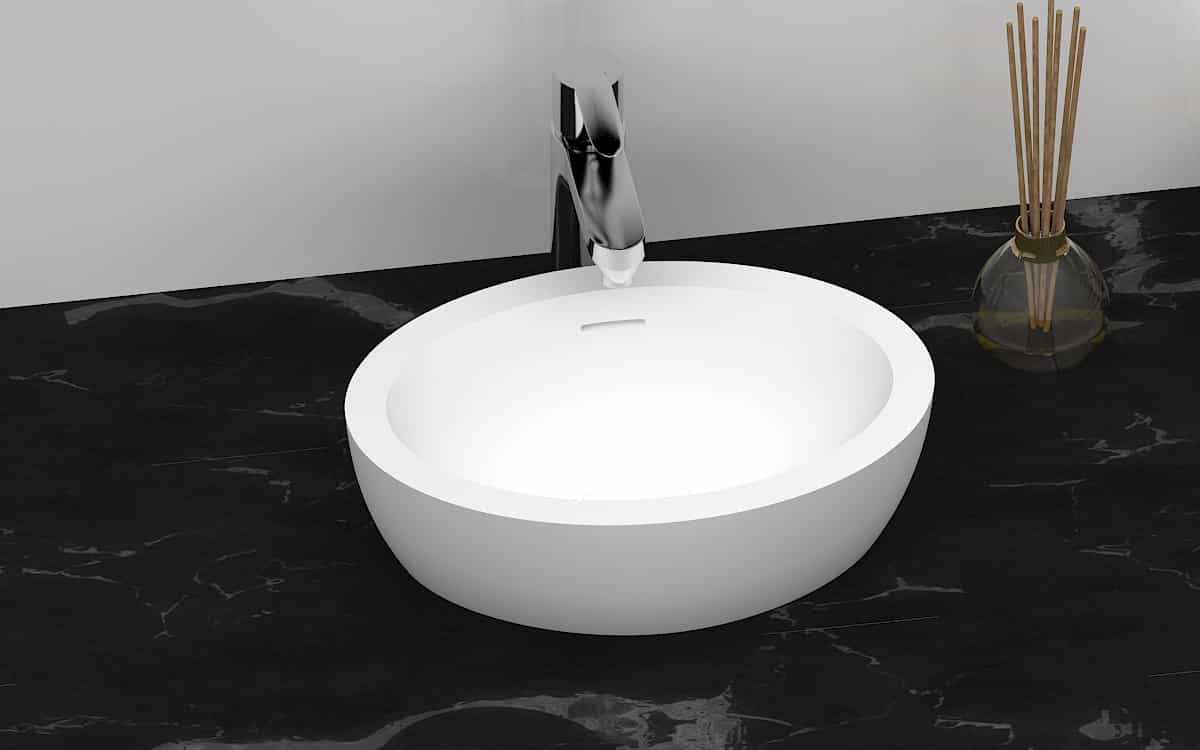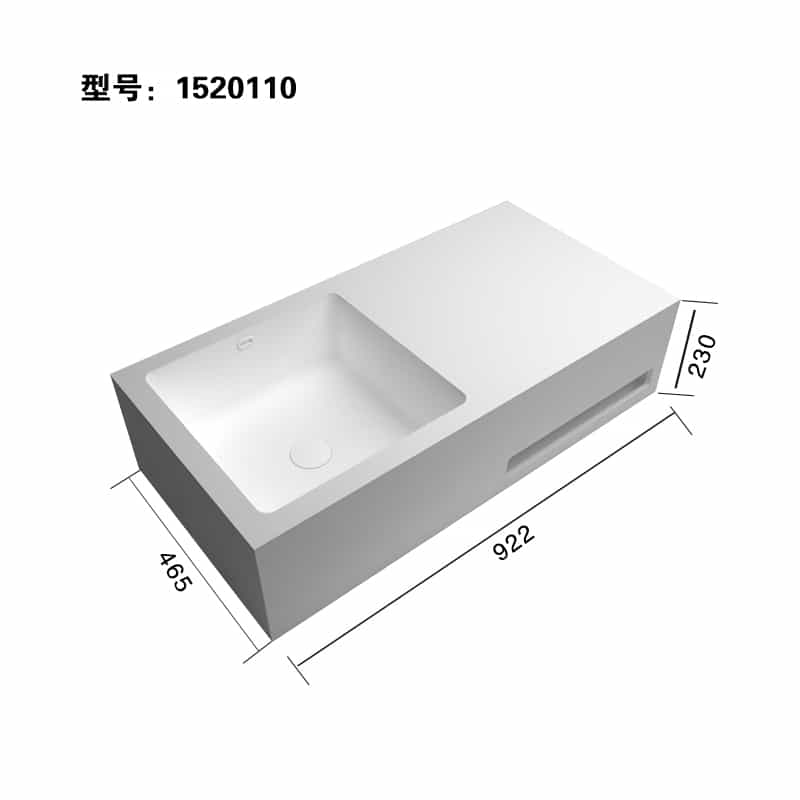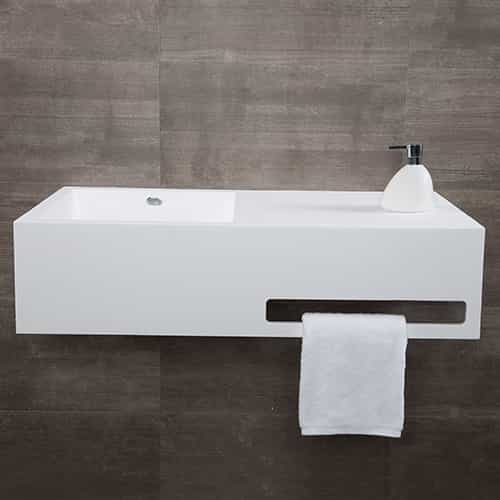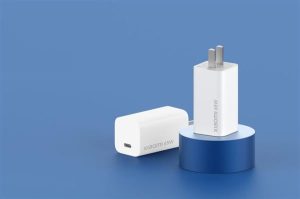
Now the charging speed of mobile phones is getting faster and faster, and the volume of supporting chargers is also increasing. With the maturity of technology, more and more gallium nitride chargers can be found on the market this year, and the rich selection also makes it easier for us to find a charger that suits us. Dianyou is a relatively young brand of charging equipment. In the past two years, it has also released some relatively good products, such as this X21 GaN charger, which is a very portable charging tool that supports many mainstream charging protocols and is compact in size. It is also well controlled, especially on the interface, which adopts the configuration of dual USB-C and USB-A, which is relatively more abundant and more convenient for multi-device charging.
Usually during fast charging, the data cable is also a key component, which needs to be able to support more protocols and higher current. Therefore, in order to obtain stable fast charging performance, it is necessary to use Dianyou, which supports 5A current. Data cable, this data cable is a version with dual USB-C interfaces, and it can better support PPS charging specifications with Dianyou X21. The packaging of this charger is relatively simple, and the specific charging specifications supported by each interface on the charger are listed in detail. It is worth mentioning that this charger itself supports a wide range of voltage from 100V to 240V, so it is stable in daily use. Yes, it is suitable for a wide range of areas, and the portable design of the charger itself is very suitable for going out.
Dianyou X21 adopts a white body design, but the surface is not a common smooth plane, but a matte UV process, which has a certain matte texture, so it feels good in the hand and is not easy to get dirty. The charger itself has a simple structure, using a square column instead of the common square design, and the weight is moderate, around 130 grams. There is a relatively clear identification in the interface part. Refer to the specifications on the side of the plug to quickly understand the compatibility of the charger when using it.
The design of the interface of the charger is reasonable, and the distance between the three interfaces is moderate, so when all the three interfaces are used, there is no obvious interference between them, and it is more convenient to use. Nowadays, when many people use this kind of charger, it should be in the layout of notebook + mobile phone, and occasionally connect additional accessories such as Bluetooth headsets and smart watches, so three charging ports are enough for most cases. configuration, and more convenient than a single USB-C or USB-A interface.
The Dianyou X21 focuses on the PPS function, which is mainly focused on two USB-C ports. A single port can provide a charging power of up to 65W, while the USB-A port can only support PD charging, and the maximum charging power is 60W. Currently, mobile phones with fast charging features can usually support PD fast charging. Many charging specifications that meet the 5A PPS standard can also be well supported through the Dianyou X21 with a 5A double-headed USB-C data cable.
Although there are already charging solutions much higher than 65W on the market, for a general-purpose charger, 65W is enough to deal with most of the devices currently on the market. In terms of interface allocation, the USB-C1 interface of the Dianyou X21 is a high-priority interface. Generally, when charging, it is suitable to choose one of the two USB-C interfaces for a single port, so that the highest charging power can be obtained.
When using dual-port charging, the USB-C1 port can obtain a fast charging power of up to 45W, and the remaining USB-C2 or USB-A ports can obtain a charging power of up to 18W, which is more suitable for fast charging of mobile phones while charging mobile phones. Compared with many gallium nitride chargers with only one USB-C interface, the performance of the Dianyou X21 is already very good. If you have to use USB-C2 and USB-A together, you can only get 5V 4.8A specifications and a maximum charging power of 24W, which cannot give full play to the advantages of GaN chargers. In the case of all three ports, only the USB-C1 port can enjoy a charging power of up to 45W, and the other two ports share a charging power of 15W, and the single charging speed is less than 10W.
In actual use, there should be more notebooks that can fully utilize 65W fast charging. Common mobile phones are usually under the PD or PPS protocol, and can usually obtain a charging speed of about 30W. To ensure that you can get a charger The highest function supported, then the data line that supports 5A current is essential.
I used the Dianyou X21 to charge several commonly used devices in my hand. The results show that because the highest charging specifications of many mobile phones usually use private protocols, the charging speed with a general-purpose charger such as the Dianyou X21 is usually faster than The original charger is lower. According to the parameters provided by Dianyou, Dianyou X21 can support fast charging protocols such as QC2.0, QC3.0, AFC, FCP, SCP, APPLE2.4A, PE, ChargeTurb, etc. The highest standard supported by charging devices.
For example, first charge the OnePlus 8 Pro through the USB-C1 port, then you will get a charging power of about 16W, and then charge another device through the USB-C2 port, at this time the charging power will be adjusted to about 38W, When the No. 2 device is just connected during the period, the USB-C1 port will also be powered off for less than 1 second, and continue to charge after being redistributed. Finally, the third device is connected through the USB-A port. At this time, the other two ports also There will be a brief power outage, and after redistribution, continue to charge all three devices. At this time, the charging power will still be stable at 38W after a small fluctuation, that is, the USB-C2 port and USB-A port are under load on the USB-C1 port. , will only coordinate the charging parameters with each other, and will not interfere with the charging power of the USB-C1 port.









